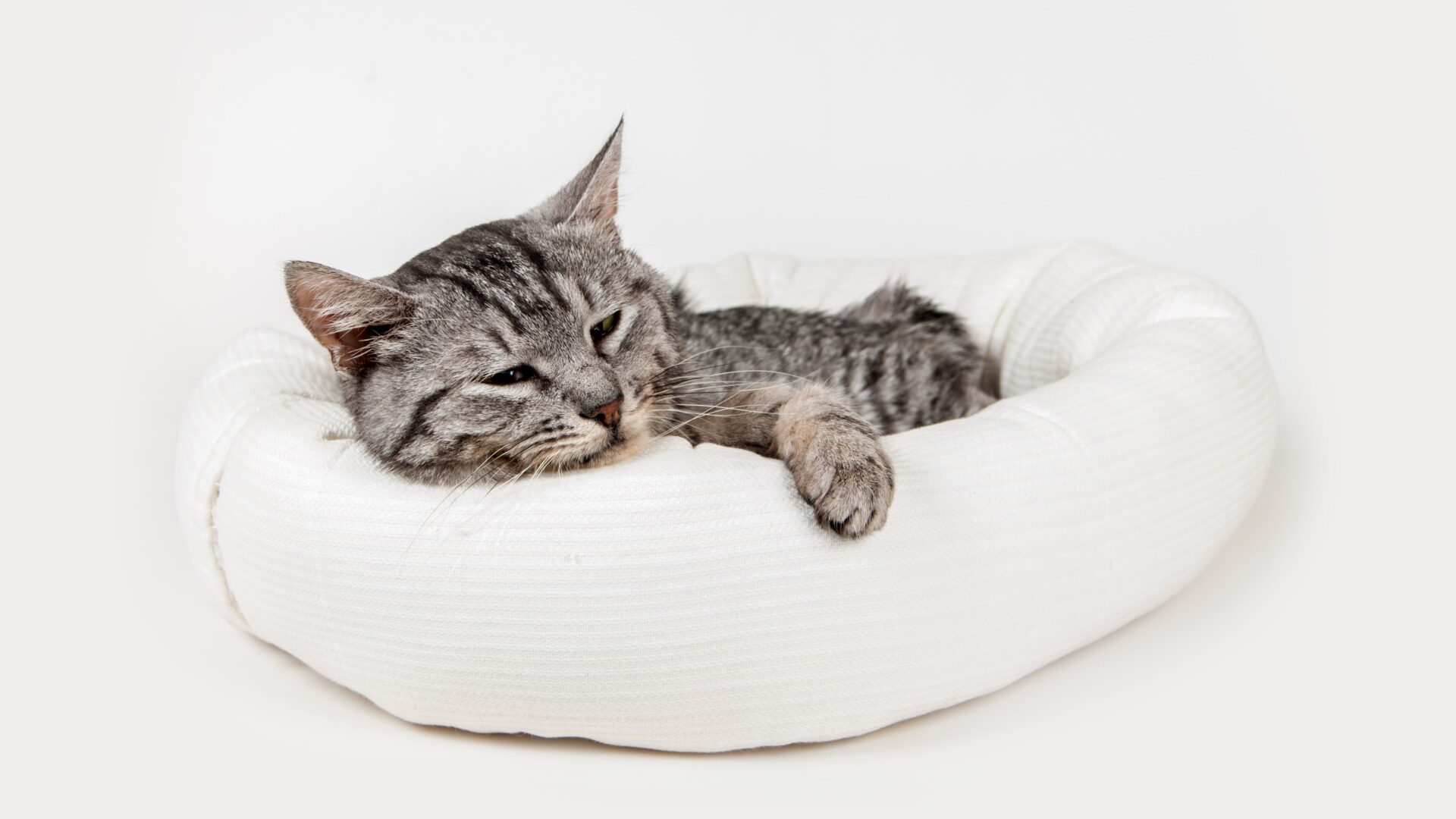Last Updated: 30/09/24
Getting a new kitten is so exciting, but stocking up on the essentials before you take your new arrival home can make things easier in the long run.
You’ll want to source a cat carrier, a bed, food and treats, cleaning products, dental care products, grooming equipment and a litter tray, so that your kitten can start to settle in straight away.
It’s also a great idea to register with a vet, who will be able to make sure your kitten has had all the vaccinations and parasite treatments they need, as well as answer any questions you have.
On this page:
- Cat carrier
- Bed
- Food and water bowls
- Food
- Treats
- Toys
- Scratch post
- Stock up on cleaning products
- Kitty litter tray
- Grooming equipment
- Dental care
- Don’t forget to register with a vet
Here’s a list of what you’ll need for a new kitten:
We’ve compiled this handy guide to ensure you will have everything you need for your new kitten. It’s important to get the essentials but also to think ahead, as your kitten’s needs will change as they grow.
1. Cat carrier
Choosing a cat carrier can be very overwhelming due to the variety available!
Cardboard carriers are best avoided, as they can’t be cleaned and are not generally strong enough to be secure and long lasting when compared to plastic or wire carriers.
Carriers should be well ventilated and ideally have the option to open from the top (this will make it much easier to get your kitten in and out).
A non-slip mat such as a cut down piece of yoga mat or child’s play area mat make good liners as they are easy to clean and help your cat to feel secure underfoot while in transit.
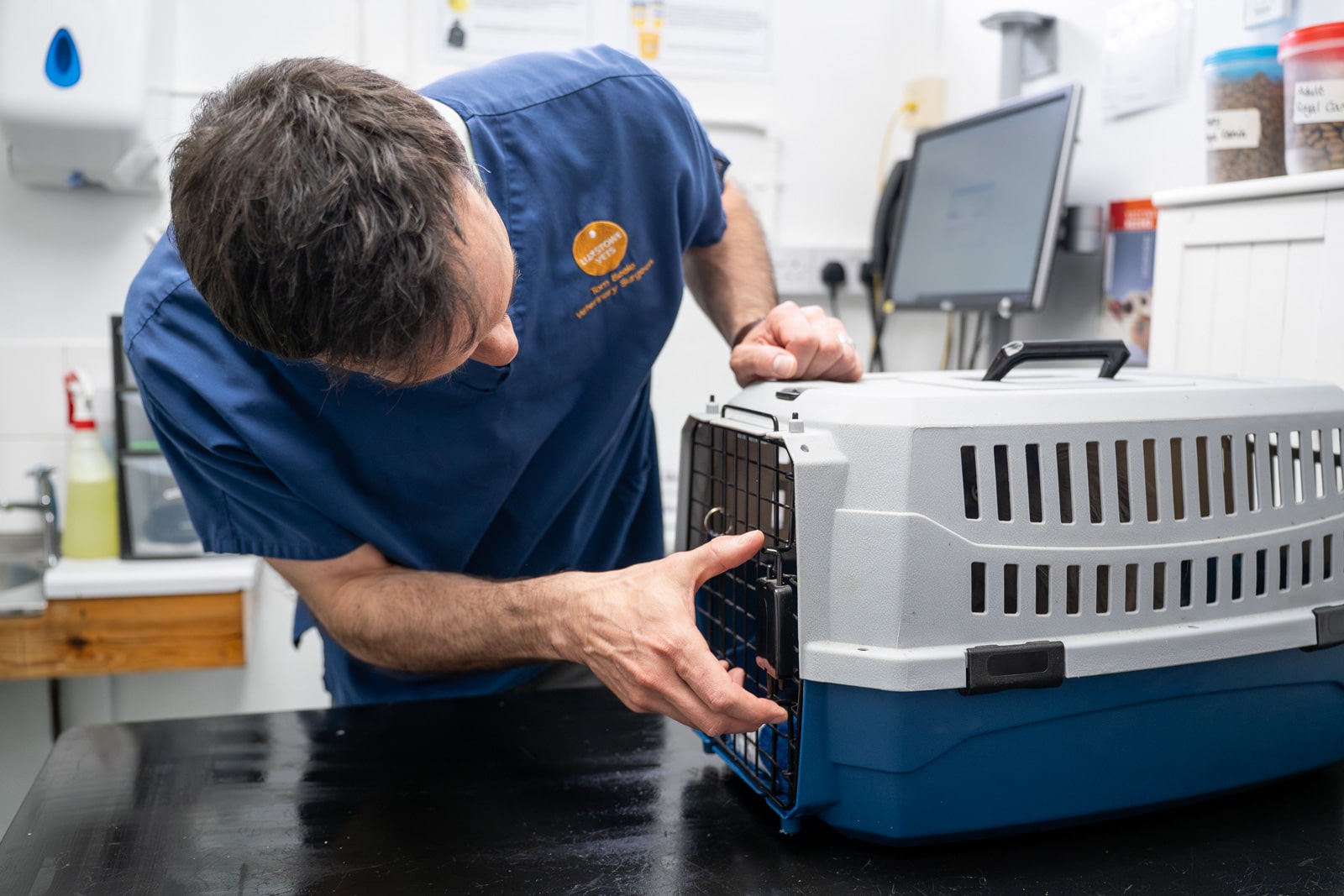
2. Bed
It’s nice to be able to offer your kitten a comfy bed. It’s sensible to choose something which is washable and has room for them as they grow.
A blanket can make it extra snuggly (although avoid anything with tassels or loose threads, as these can be dangerous if your kitten chews or eats them).
Cats and kittens can be notoriously fussy about where they sleep, so even with the comfiest bed in the world, you may find them sleeping in all sorts of strange places!
Try placing beds in different areas – some cats prefer to hide under things and some like to be up high.
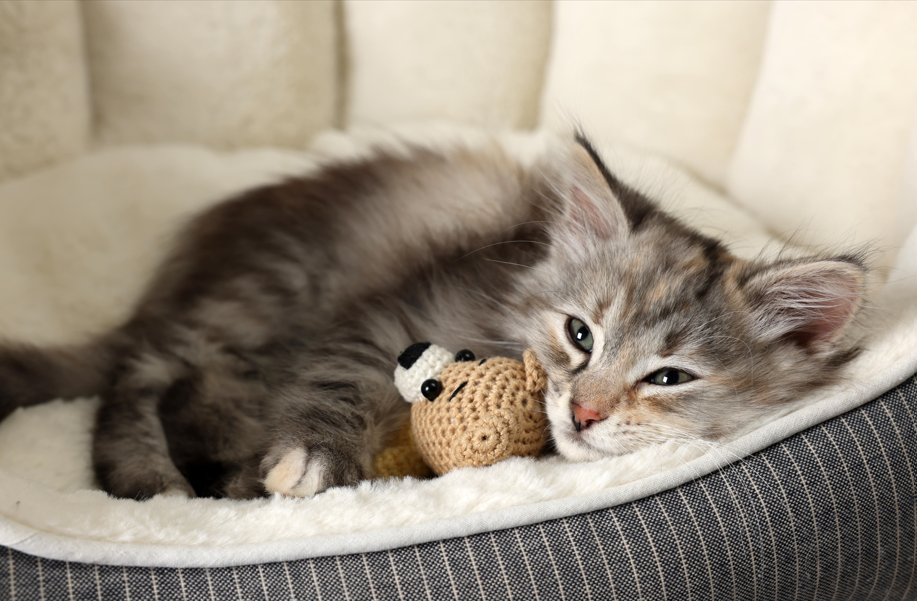
3. Food and water bowls
Generally, cats and kittens prefer wider shallower bowls which allow them to eat and drink without the edges rubbing against their whiskers.
Bowls should be easy to clean and heavy enough that they are difficult to knock over.
Food and water bowls should be positioned separately from each other and as far as possible from the litter tray.
4. Food
Select a complete kitten food to support your kitten’s growth and all their nutritional needs, always check what food your kitten is already being fed and if you plan to change this, make the transition slowly to avoid tummy upsets.
If you need further advice regarding your kitten’s diet, then reach out to your local veterinary practice.
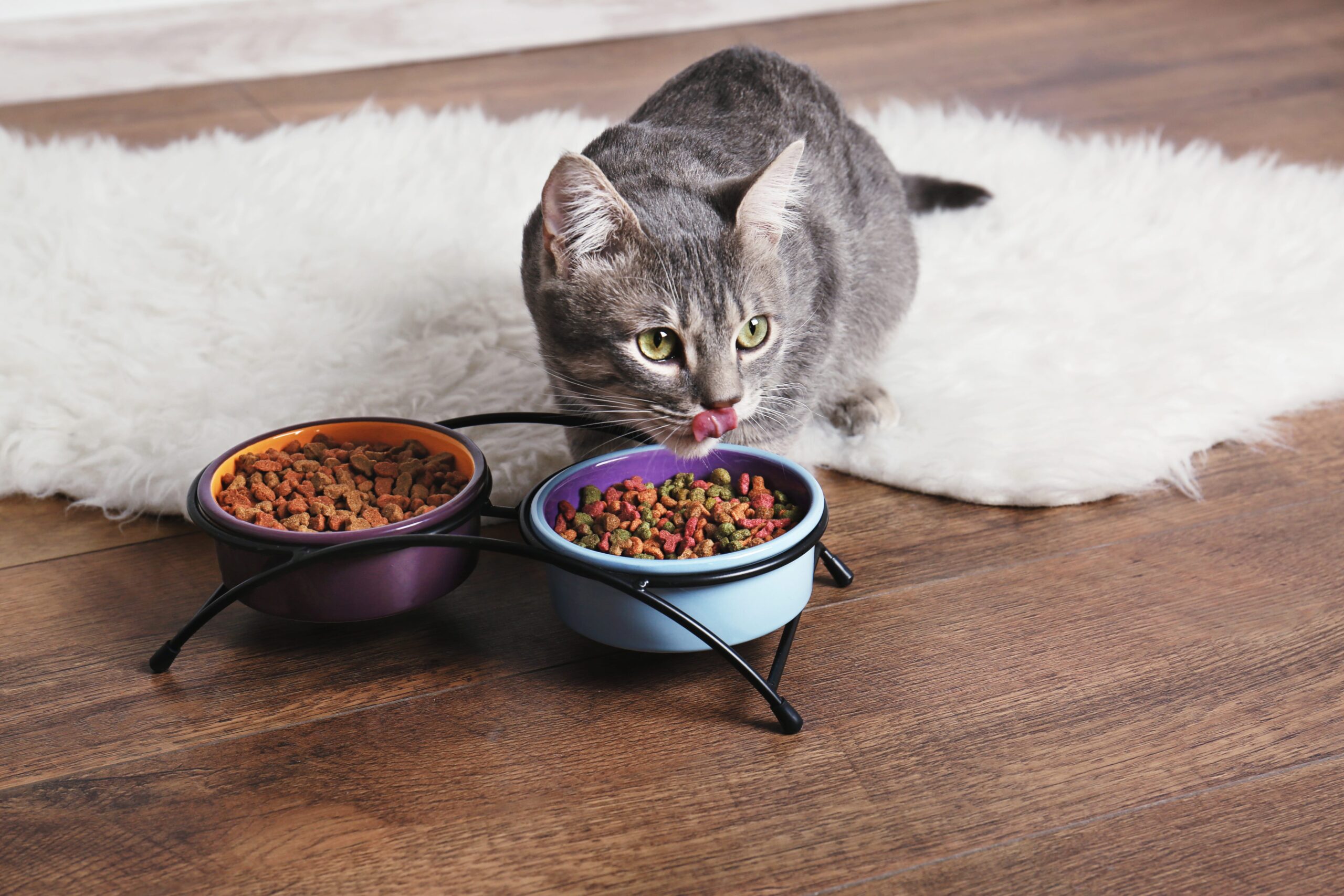
5. Treats
Always check treats are kitten safe and then check the recommended portion size on the packet.
6. Toys
Kittens love to play, and there are many kitten safe toys available to buy.
You can also use your imagination, as empty cardboard boxes and scrunched balls of paper can also result in hours of fun!
If making your own kitten toys, be very careful to avoid loose string/reels of thread and anything small enough for your kitten to accidentally eat.
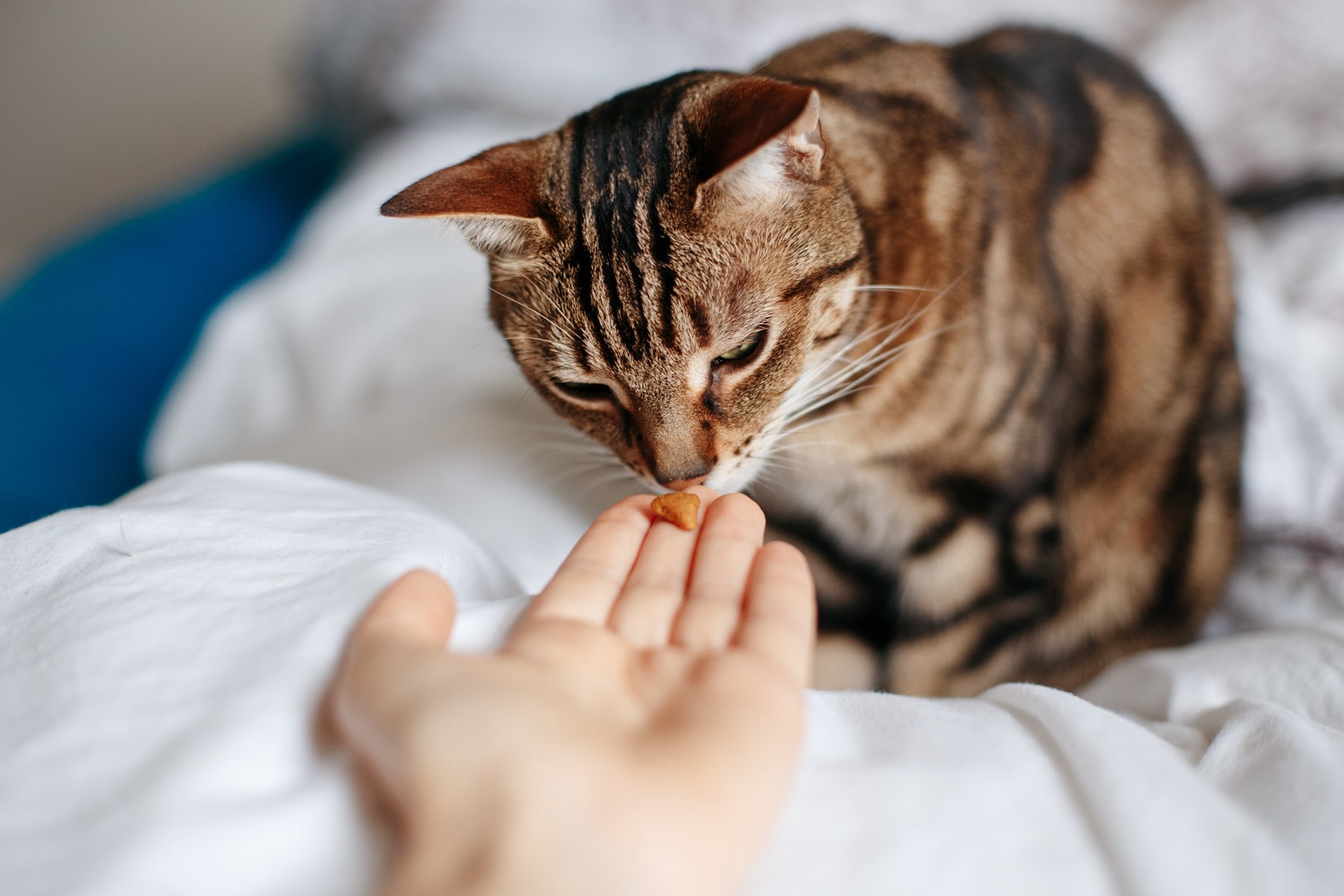
7. Scratch post
Scratching is a normal part of a cat’s behaviour; it helps to keep the claws in good condition but also allows cats to leave their scent via glands in the pads of their feet.
Providing a scratch post gives your cat or kitten an appropriate area to display these behaviours.
A scratch post should be sturdy and tall enough for your cat to claw it when fully stretched up on their back legs.
8. Stock up on cleaning products
Use pet safe cleaning agents which are not heavily scented to clean up any accidents.
Pet safe enzymatic cleaners are great for cleaning up urine and eliminating odours.
9. Kitty litter tray
Litter trays should be easy to clean (most are made from plastic) and big enough for your kitten to move, dig and turn around in without feeling cramped.
As your kitten grows, they will need more space to do their business and will likely need a larger litter tray to allow for this.
There are many different types of cat litter available, and cats and kittens can be very particular about which litter they prefer to use, so it’s sensible to check what litter your kitten is used to.
You’ll need to buy enough litter so that each time the tray is cleaned, you can replace the litter to a depth of at least 3 cm.
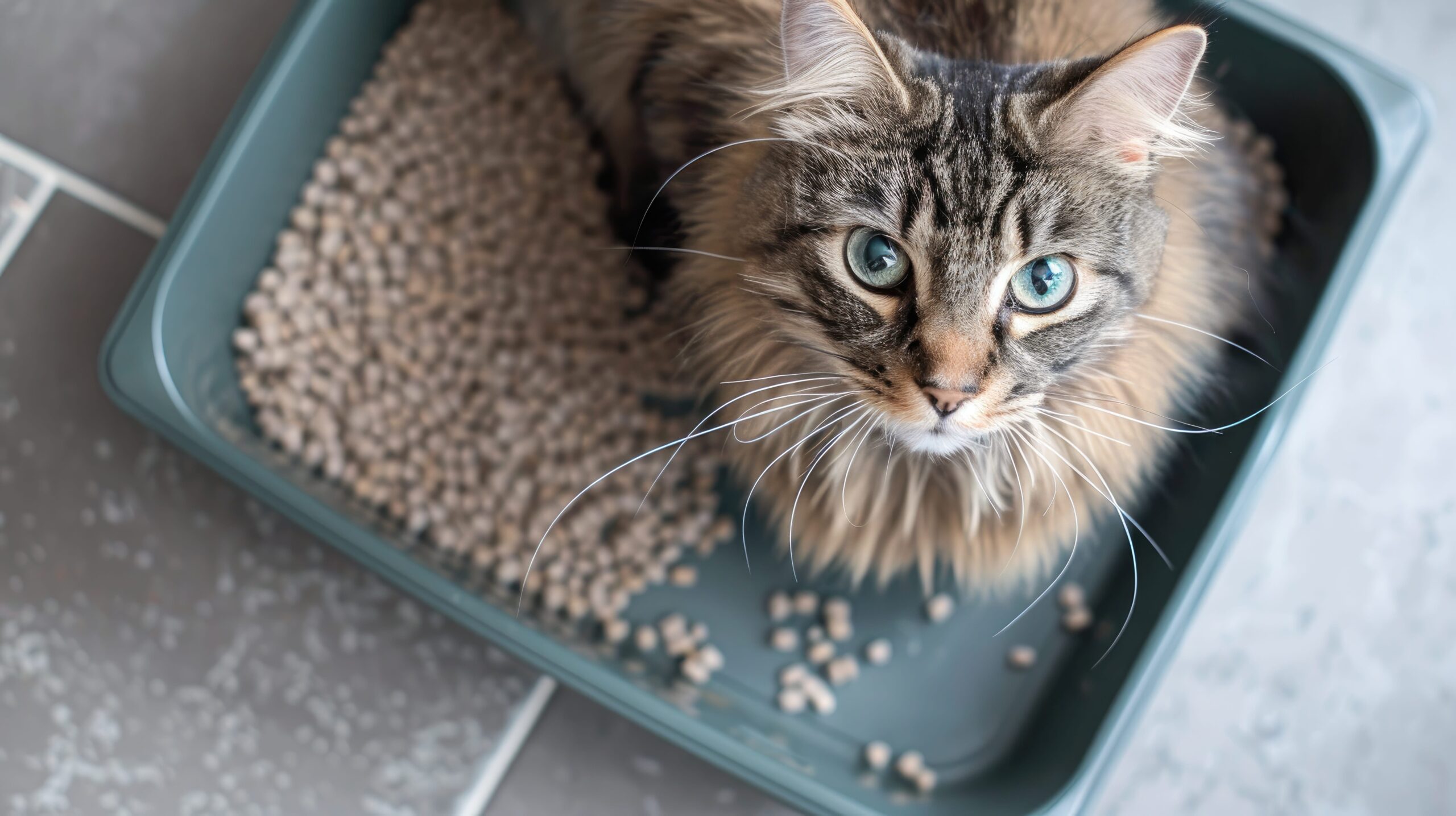
10. Grooming equipment
When choosing grooming equipment, it’s important to choose brushes, combs or groom mitts that are appropriate for your kitten’s coat type.
11. Dental care
Although you don’t need to brush your kitten’s baby teeth, it’s sensible to get them used to having their mouth and teeth touched before starting to brush their adult teeth (these will usually have come through by about six months old).
You’ll need a cat safe, flavoured toothpaste and an appropriate toothbrush (it can sometimes be easiest to start with a finger toothbrush, but make sure it doesn’t come off in your kitten’s mouth and mind those sharp teeth!).
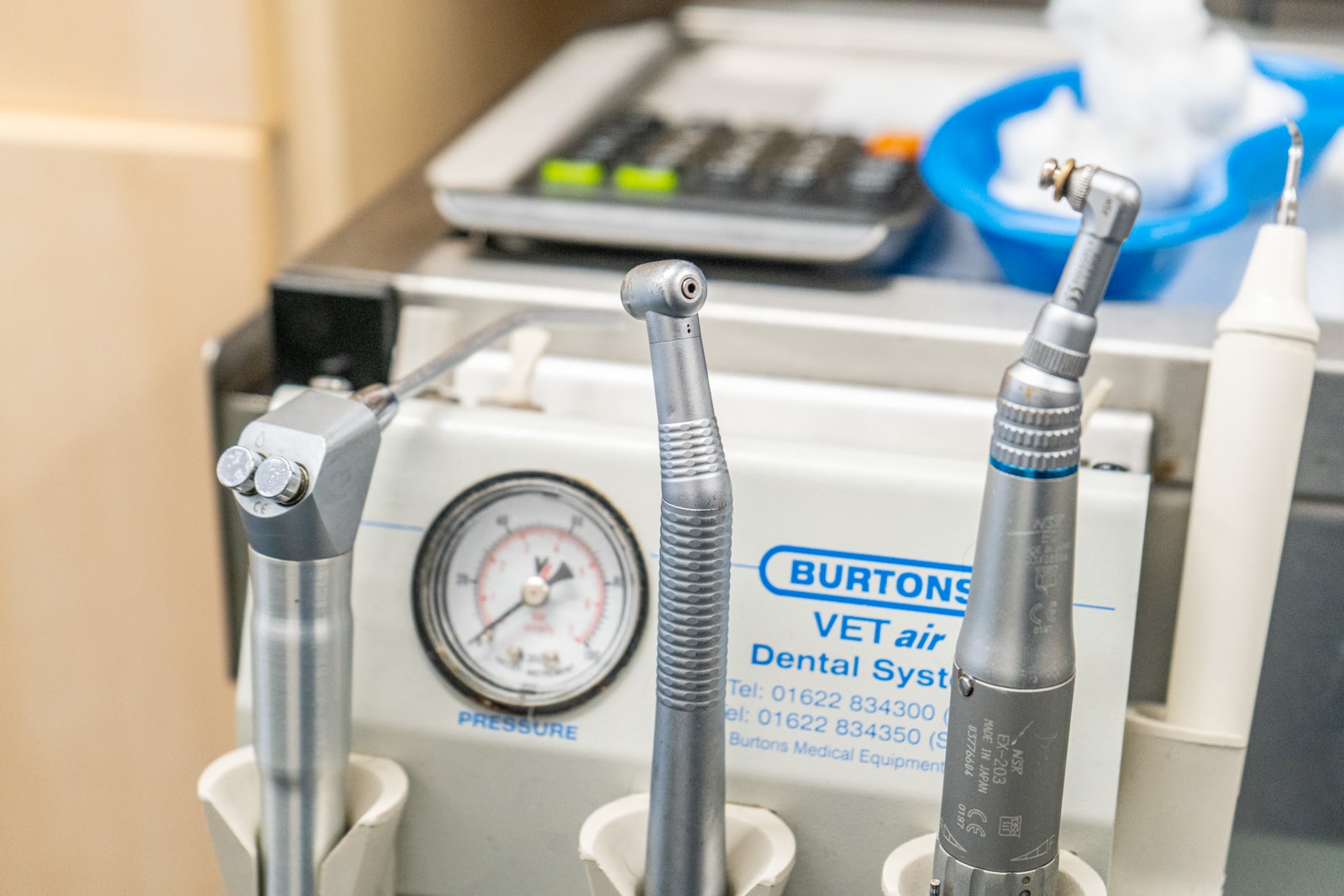
12. Don’t forget to register with a vet
Keep your kitten in tip-top health by visiting a vet for a health check and vaccinations to protect them against infectious and potentially life-threatening diseases.
Your vet can also answer any questions you may have, and advise on any flea and worm treatments that are needed.
Always reach out to your local veterinary practice if you have any questions about your kitten’s general care, diet or health.
